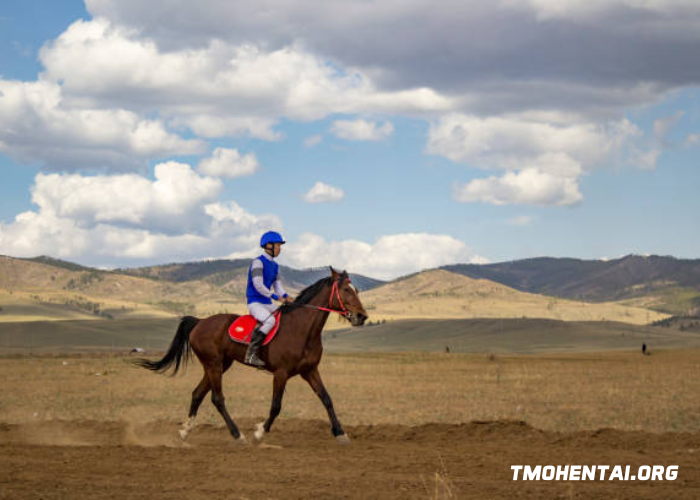In the world of horse racing, the “Iturf Quinté du Jour” holds a special place as one of the most eagerly anticipated events. With its unique blend of tradition, strategy, and excitement, this daily horse racing competition has captured the hearts of enthusiasts and bettors alike. In this article, we delve into the essence of “Iturf Quinté du Jour,” examining its origins, rules, and the thrill it brings to both seasoned punters and newcomers.
Unveiling the Concept
The term Iturf Quinté du Jour originates from France and refers to a daily horse racing event that takes place at various tracks across the country. “Iturf” stands for “Internet Totalisator Urbanization Racing France,” signifying the integration of technology into traditional horse racing. The term “Quinté” represents the main attraction of the event – a race featuring a select field of competitors, adding an element of challenge and intrigue.
The Structure of the Event
The “Iturf Quinté du Jour” is known for its unique structure, which combines elements of traditional horse racing with modern betting practices. Each day, a specific race is designated as the Quinté race. The field for this race typically consists of 16 to 18 horses, carefully selected based on their form, performance, and other factors.
One of the defining features of the Quinté race is the implementation of the Tiercé-Quarté-Quinté system. This system involves predicting the first three, four, or five horses to cross the finish line in the specified order. This intricate betting structure not only challenges punters’ knowledge and intuition but also offers the potential for substantial payouts.
The Challenge of Strategy
The “Iturf Quinté du Jour” is not merely a game of chance; it’s a battle of wits and strategy. Punters must analyze a plethora of information, including past performances, jockey and trainer statistics, track conditions, and even the horse’s behavior in the paddock. This amalgamation of factors helps them make informed decisions when placing their bets.
Moreover, the Quinté race is held on different tracks, adding another layer of complexity. Each track has its own unique characteristics, such as the type of surface, layout, and turns, all of which can significantly influence a horse’s performance. Successful bettors must consider these nuances and adjust their strategies accordingly.
The Thrill of Anticipation
Part of the allure of the “Iturf Quinté du Jour” lies in the anticipation leading up to the race. Enthusiasts eagerly study the odds and predictions, discussing their insights with fellow punters. The online platform, “Internet Totalisator Urbanization Racing France,” plays a pivotal role in fostering this sense of community. It allows bettors to access real-time information, compare odds, and engage in discussions about potential outcomes.
As the race approaches, the excitement reaches a fever pitch. Spectators gather at the track or in front of screens, holding their breath as the horses burst out of the gate. The thunderous sound of hooves on the turf, the colorful blur of jockeys in motion, and the intense jockeying for position – all these elements combine to create an electrifying atmosphere that is unique to horse racing.
The Economic Impact
Beyond the realm of entertainment, the “Iturf Quinté du Jour” holds significant economic implications. The event generates substantial revenue through betting activities, both on-site and online. Bettors invest their money in the hopes of striking it big, while the horse racing industry and associated businesses thrive due to increased patronage.
Conclusion
The “Iturf Quinté du Jour” stands as a testament to the enduring charm of horse racing, seamlessly blending tradition with modernity. Its unique structure, strategic complexity, and the thrill of the race itself make it a captivating experience for both seasoned bettors and newcomers. As enthusiasts gather daily to immerse themselves in the world of horse racing, the Quinté race continues to capture hearts and ignite the spirit of competition.





